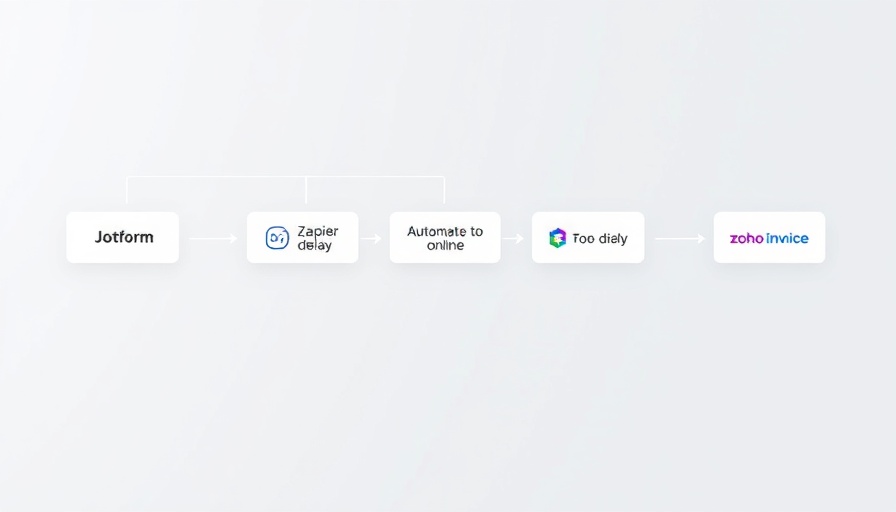
Unlocking Efficiency: Automating Zoho Invoice for Marketing Professionals
In today’s fast-paced business landscape, efficiency isn’t just a goal; it's a necessity. This is especially true for marketing professionals who juggle multiple campaigns, projects, and client invoices. Automating invoicing through platforms like Zoho Invoice offers not just ease, but a strategic advantage. Let’s explore the benefits and four key automation methods that can transform your invoicing process.
Why Automate Your Invoicing Process?
The rise of technology in everyday tasks has made automation critical for organizations looking to remain agile. Automating invoices can save time, reduce errors, and enhance cash flow management. Especially within marketing, where tight deadlines are common, eliminating manual entry helps streamline efforts. As a marketing professional, having control over invoicing automation means more time to focus on campaigns, targeted outreach, and creative strategies.
Four Essential Ways to Automate Zoho Invoice
When considering how to implement Zoho Invoice automation, several methods come to mind:
- Recurring Invoicing: For clients requiring regular invoices (think monthly retainers), Zoho allows you to set up recurring invoices that automatically generate and send at specified intervals.
- Payment Reminders: Automate payment reminders for overdue invoices, helping to ensure you get paid on time without having to send manual follow-ups.
- Customization and Templates: Create custom templates for invoices that are most commonly used. This not only maintains consistency but also speeds up the process of generating new invoices.
- Integration with Other Tools: Utilize integrations with tools such as Zapier. By connecting Zoho Invoice with other marketing tools, you can automate the flow of data, reduce manual input, and maintain a seamless workflow.
The Bigger Picture: Benefits Beyond Savings
Automating your invoicing process with Zoho isn’t just about saving time; it’s about enhancing the overall operational structure within your marketing efforts. A well-automated invoicing process ensures better accuracy, which leads to improved client relationships. When clients are billed correctly and on time, their trust and satisfaction grow. Plus, it gives marketing teams the data insights to analyze project profitability far easier.
Adapting to Regulatory Challenges
It’s also essential to be aware of the ongoing regulatory challenges affecting automation services like Zapier, which is set to stop services in sanctioned countries by September 12, 2024. This means any businesses using services across these jurisdictions must find alternative methods or platforms to ensure that their automation processes remain intact.
Conclusion: Your Path to Financial Efficiency
Automating Zoho Invoice is not only a step towards reducing workload; it’s about optimizing the entire invoicing process for better financial management. By employing these automation strategies, marketing professionals can free up valuable time and resources. Now is the time to embrace these innovations for greater impact.
 Add Row
Add Row  Add
Add 




Write A Comment